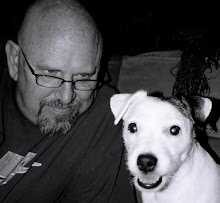
Human reproductive cloning research has not yet resulted in a live birth and no children have yet been created by way of Stem Cell Nuclear Transfer. But recent advances in cloning other species of mammals indicates that it may be technically possible to created a human being by cloning an adult.
On February 24, 1997 it was reported in newspapers around the world that Ian Wilmut, a scientist at the Roslin Institute in Edinburgh, Scotland working for the company PPL Therapeutics had cloned a lamb or sheep. "Dolly" was born in July 1996 but Wilmot waited for months to announce her birth in order to secure the patent on the cloning technique.
Since then, the following animals have all been successfully cloned: cows mice, goats, pigs, mouflons, cats, mules, horses, rats, white tailed deer, and dogs.
Genetic Savings and Clone, a company in California will clone your pet cat for $32K; their web site says that they are working towards dog cloning by way of chromatin transfer, a different method of Somatic Cell Nuclear Transfer.
It was also reported in Science in April 2003 that scientists have run into difficult cloning monkeys and to date no primates have been successfully created by Somatic Cell Nuclear Transfer. They speculated that perhaps there was something about primate reproduction that would make it impossible to clone primates.
However, in February 2004, it was announced that researchers in South Korea using a new technique had created a human zygote by way of cloning and them prompted it to grow into a blastocyst. This is as close to human reproductive cloning as anyone has gotten.
In December 2004, the same American team that had problems cloning monkeys announced that using the new technique pioneered in South Korea they were able to grow cloned monkey embryos to about 200 cells.

